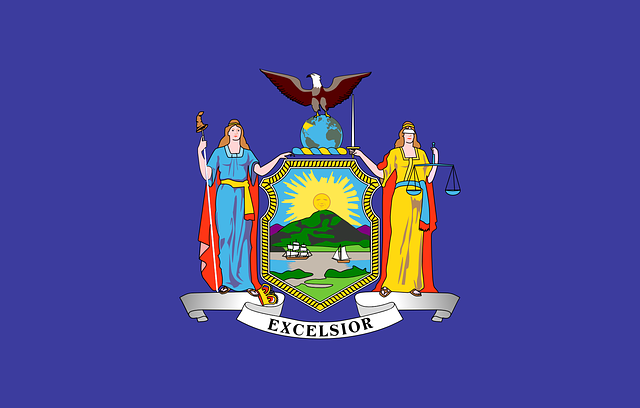Share This Article:

What Do You Think: Could Seamstress Claim Benefits for COVID-related Lung Injuries?
22 Mar, 2024 Chris Parker

Albany, NY (WorkersCompensation.com). An employee who was exposed to COVID-19 at work may believe she contracted it there. But what types of facts can a New York claimant rely on to demonstrate she has a compensable claim when she can’t pinpoint the day on which she was exposed to the virus?
A case involving a seamstress for David’s Bridal addresses that question. The seamstress primarily worked in the back of the shop on alterations but she was regularly called on to provide advice and consult with front-end consultants and to work the register. She also had contact with up to 12 coworkers in the break room and bathroom. The employer had a mask policy and other protocols in effect for employees and customers, but it was allegedly often not followed.
The seamstress worked on March 3 and 4, 2021, during shifts that overlapped with a front-end consultant. The front-end consultant had begun experiencing symptoms of COVID-19 on March 2.
The seamstress began experiencing COVID-19 symptoms on March 7, after a supervisor told her to get tested because others in the store were sick. She tested positive on March 8 and did not thereafter return to work. She was hospitalized and diagnosed with respiratory failure stemming from COVID-19 pneumonia.
The seamstress filed a workers’ compensation claim.
The claimant's treating pulmonary physician testified that there was a "strong probability" that the seamstress contracted COVID-19 in the workplace.
The workers’ compensation board concluded that the seamstress demonstrated that she contracted the virus in the course of her employment and was entitled to a presumption of compensability. The board pointed out that the company waived its right to obtain an independent medical exam of claimant.
In the case of COVID-19, a claimant may meet her burden to show that an injury arose out of and in the course of employment by demonstrating either:
- A specific exposure to COVID-19; or
- Prevalence of COVID-19 in the work environment
Were the claimant’s lung injuries compensable?
A. Yes. The circumstances and timing of her co-worker's infection along with the doctor’s testimony was sufficient to establish that she had a specific exposure to COVID-19 while working.
B. No. The seamstress never identified the exact date when she was exposed to the virus.
If you selected A, you agreed with the court in Leonard v. David’s Bridal, Inc., No. CV-23-0298 (N.Y. App. Div. 02/15/24), which held that the claim was compensable.
The court noted that, to establish that her injury arose out of and in the course of employment, the claimant didn’t need to pinpoint the exact date on which the COVID-19 exposure occurred.
Want more on New York workers' compensation compliance? Sign up for Simply Research
Here, the seamstress worked overlapping shifts with someone who had just tested positive, and then developed symptoms soon afterward. Further, the seamstress testified that she had significant interaction with coworkers.
Based on the claimant’s and physician’s testimony, the court agreed with the workers’ compensation board’s finding that the seamstress contracted COVID-19 at work. The court also pointed out that the company didn’t provide any evidence negating a relationship between the injury and the workplace.
The court affirmed the board’s decision.
AI california case file caselaw case management case management focus claims compensability compliance compliance corner courts covid do you know the rule exclusive remedy florida glossary check Healthcare hr homeroom insurance insurers iowa kentucky leadership medical NCCI new jersey new york ohio pennsylvania roadmap Safety safety at work state info tech technology violence WDYT west virginia what do you think women's history women's history month workers' comp 101 workers' recovery Workplace Safety Workplace Violence
Read Also
- Dec 13, 2025
- Chris Parker
- Dec 12, 2025
- Chris Parker
About The Author
About The Author
- Chris Parker
More by This Author
Read More
- Dec 13, 2025
- Chris Parker
- Dec 12, 2025
- Chris Parker
- Dec 11, 2025
- Chriss Swaney
- Dec 11, 2025
- Liz Carey
- Dec 11, 2025
- Frank Ferreri
- Dec 10, 2025
- Liz Carey




